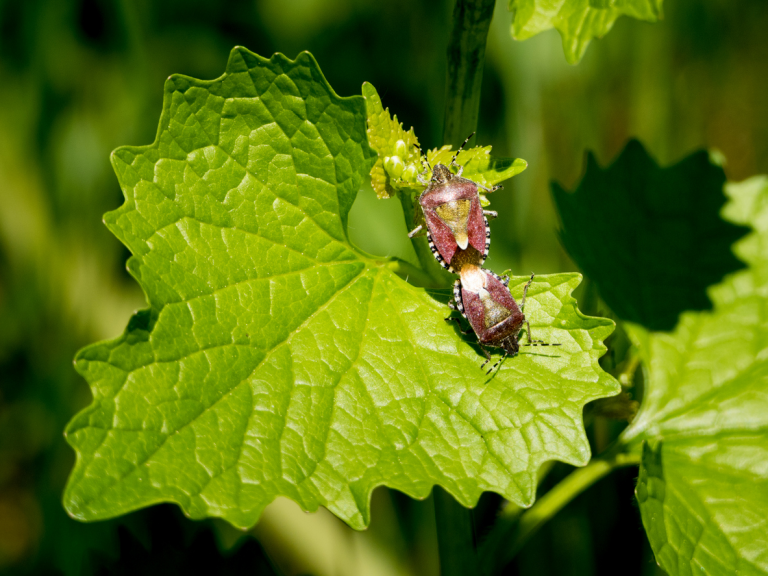

There are both long and short-winged versions of chinch bugs.

Wings are folded over their backs and their forewings have a small triangular marking on them. They have a gray/black body with fine hairs, white wings, and dark legs. (Via Sarefo CC 4.0.)Ĭhinch bugs are about ⅙’’ long when fully grown. This is why you don’t really see chinch bugs during the colder season as they’re only active during the warmer, summer months.Ĭhinch bug ID, anatomy, and sexual dimorphismĬhinch bugs are easy to spot throughout your lawn. They may also fly to overwinter by hiding in dense, grassy areas with plenty of leaf litter to keep them sheltered from the winter and cold. So you need to keep them in control or else they’re very, very difficult to get rid of.Īfter reproducing, adults will fly to a new location to lay another round of eggs and leaves another new generation to destroy your lawn.
#CINCH BUGS FREE#
This makes it very difficult to keep a specific area free of chinch bugs since they can easily migrate from one place to another if needed. And they’re very good at it.Ĭompared to poor flyers like darkling beetles, cinch bugs can navigate their way quickly and efficiently from one plant to the other. If you have a bite and it’s deep, it wasn’t a chinch bug. People often confuse chinch bug bites with other pests that are often found in the grass, so it’s easy to get confused and assume it was the bug.ĭon’t get confused.
#CINCH BUGS SKIN#
They’re not able to break the skin and usually do nothing more than a pinch if you happen to get bitten by one in defense.

They want to eat grass and nutrients from blades of grass, not humans. You may have seen some people report that they’ve been bitten by chinch bugs, but they’re actually really not interested in human flesh. Even though they look scary, they’re harmless and will only focus on plants. You can read more about them on Wikipedia.Ĭhinch bugs may destroy your lawn, but they’re actually pretty harmless to humans. They eat the area between the turf thatch and organic soil. Sometimes they can be seen rummaging on the blade of grass with the naked eye, as they’re pretty large. They distribute vertically from the turf thatch to the upper organic layer of soil. They don’t evenly distribute a lawn, but rather leave plots of lawn damage throughout the entirety of the are.
#CINCH BUGS FULL#
They’re often classified as Hemiptera and family Blissidae.Ĭhinch bugs take over lawns that are water-stressed along edges of lawns or where the grass is growing in full sunlight.ĭry, shell-based, or high soil are especially prone to chinch bug damage. They feed on corn, wheat, grains, and thatch. They quickly eat through the grass and you must act fast in order to protect your lawn from patches and total destruction. They’re only about 0.25” and thrive in sunny, drier climates typically in the south. Chinch bugs will wreak havoc on your lawn- so get rid of them quickly with these DIY techniques!Ĭhinch bugs are pretty small pests, but they’ll quickly wreak havoc on your lawn and grass.


 0 kommentar(er)
0 kommentar(er)
